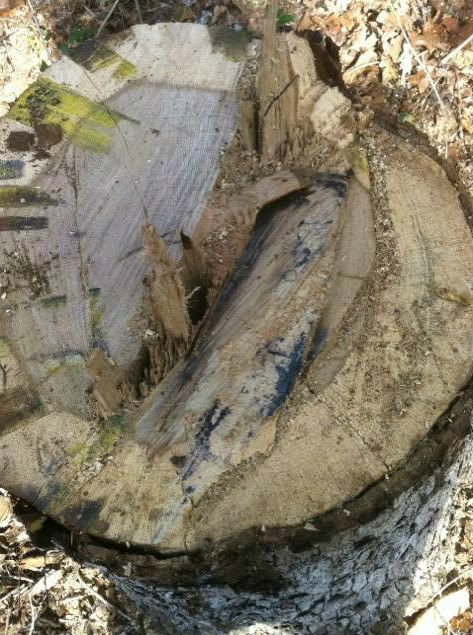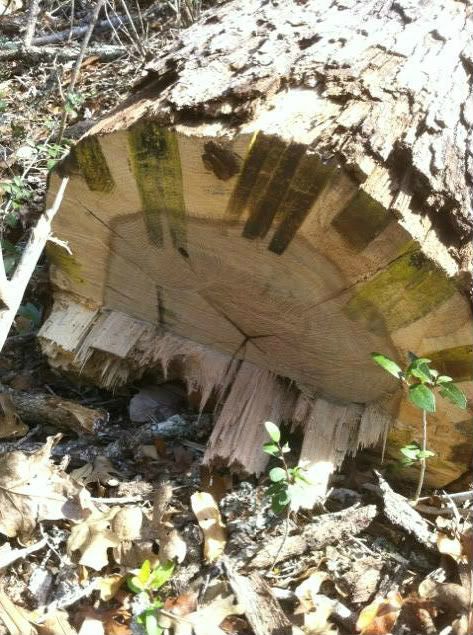Kensterfly
ArboristSite Operative
Having an abundance of good, downed wood already available, I don't often fell a tree. Maybe once or twice a year. I tend to make my back cuts a little bit angled and not perfectly parallel to the ground. Yesterday I dropped a very large, 105 year old oak. I'm guessing close to 50 feet tall. Recently dead due to our drought here in Texas. In reviewing the drop after the fact, I see that not only was my back cut slightly angled, it was also almost perfectly on the same plane as the notch in the face cut. This made me have to work a long time pounded in wedges before I finally got it to drop.
So, my question is... In the future, after I realize I have made a bad back cut (either badly angled or too low) is there any reason that I should not make another, more correct cut? In other words, if I find that the back cut is at the same level as the notch of the face cut, can I just make another back cut a couple of inches higher? Is there any danger to doing that?
Of course, I will do my best to get it right the first time but, just in case..."
Thanks.
So, my question is... In the future, after I realize I have made a bad back cut (either badly angled or too low) is there any reason that I should not make another, more correct cut? In other words, if I find that the back cut is at the same level as the notch of the face cut, can I just make another back cut a couple of inches higher? Is there any danger to doing that?
Of course, I will do my best to get it right the first time but, just in case..."
Thanks.






